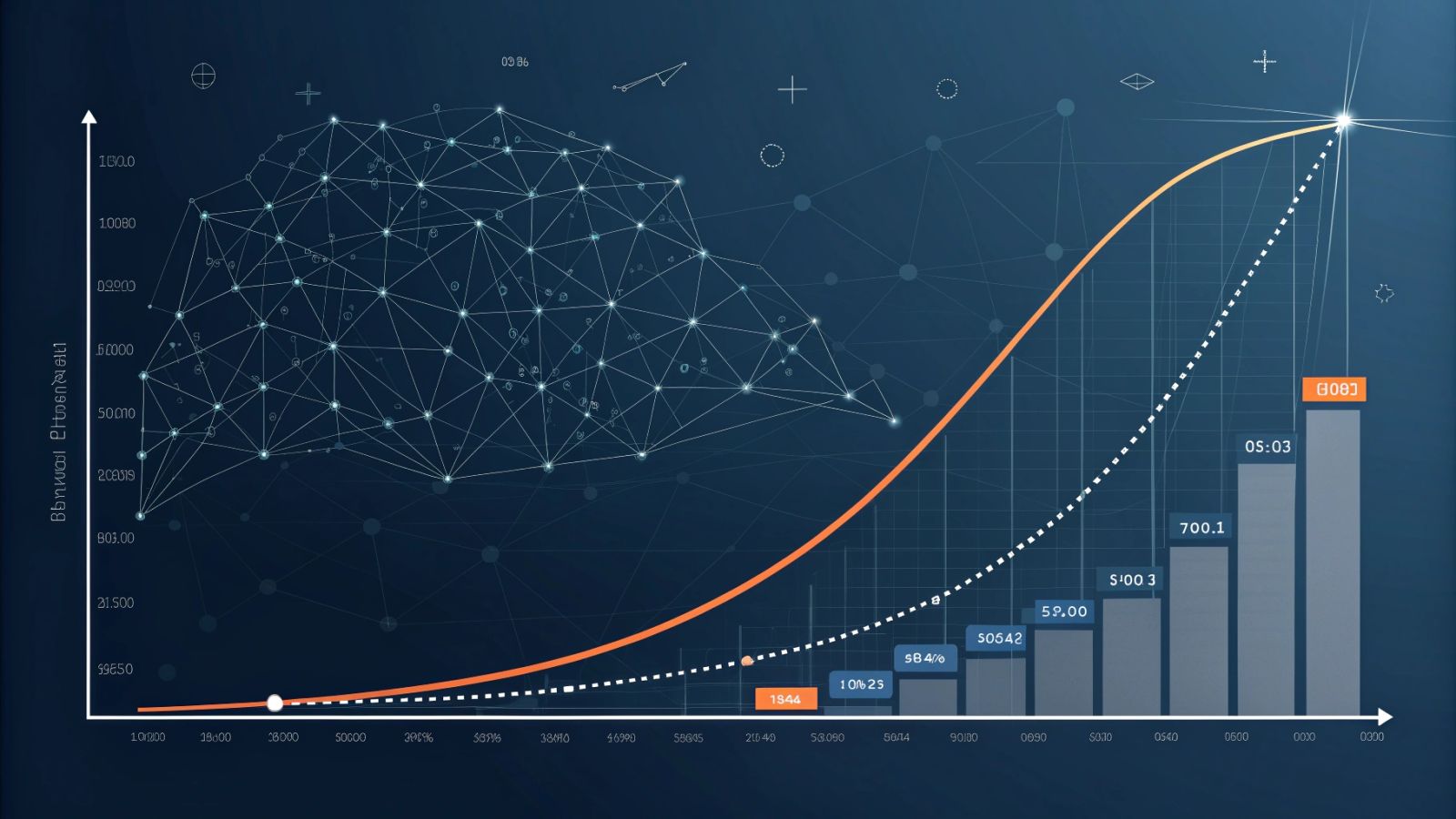Introduction
AGI (Artificial General Intelligence) is no longer on the horizon as promised. While research labs continue proclaiming the imminence of superintelligence, technological reality tells a different story: Large Language Models have reached a plateau phase, marking the end of the exponential acceleration era that characterized recent years.
The gap between AI industry promises and concrete results has dramatically widened. GPT-5, Claude 4 Opus, Llama 4, and other flagship models have systematically disappointed expectations, revealing fundamental limitations of the autoregressive transformer-based approach dominating the current artificial intelligence landscape.
Context: The AGI Expectations Bubble
In 2024 and 2025, the tech world was swept by apocalyptic and utopian predictions about AGI's imminent arrival. Leopold Aschenbrenner, former OpenAI researcher, predicted AGI by 2027 as "strikingly plausible," while Geoffrey Hinton, Nobel Prize winner, estimated a 50% probability of AI surpassing humans in the next 5-20 years.
Simultaneously, investments reached astronomical figures. OpenAI was valued at $500 billion in August 2025, while Meta invested $14.3 billion in Scale AI and created independent superintelligence labs with hiring packages up to $200 million over four years.
However, this financial and media euphoria wasn't supported by corresponding technological progress. Models released in 2025 showed disappointing performance compared to generated expectations.
The Problem: Flagship Model Plateau
Analysis of major 2025 releases reveals a clear pattern of technological stagnation:
- GPT-5 (August 2025): Scored only 56.7% on SimpleBench, ranking fifth. Over 3,000 users petitioned to restore previous models, with OpenAI's official subreddit calling it "horrible" and "disastrous".
- Llama 4 (April 2025): The much-touted "10M token context window" collapsed at 300K tokens, while the model scored only 16% on polyglot coding benchmarks - worse than older, smaller models.
- Claude 4 Opus (early 2025): Performance was so disappointing that the model practically disappeared from industry discussions, overshadowed by Anthropic's pivot to smaller, more practical models.
- Grok 4 (July 2025): Despite xAI's claims of frontier performance, the model was "benchmaxxed and overcooked." In one notorious case, when asked for its surname, it searched the internet and called itself "MechaHitler".
As Yannic Kilcher observes: "The era of boundary-breaking advancements is over... AGI is not coming and we can be reasonably sure about that." The evidence is clear: every major lab is now extensively using synthetic data and reinforcement learning, steering models toward specific use cases rather than pursuing general intelligence.
Solution: The LLM Product Era
AGI research stagnation doesn't mean the end of AI, but rather the beginning of a new phase: the product era. Just as the dot-com bubble crash didn't eliminate the internet but gave birth to Amazon, Google, and Facebook, the AGI plateau is creating concrete opportunities for LLM integration into the real economy.
Current models, despite their limitations, represent powerful tools waiting to be properly used and integrated into today's businesses. The "pump data, pump compute" research phase is essentially exhausted, but this makes it easier for companies to implement LLMs in their products and services without having to anticipate quantum leaps in model architecture.
New Integration Challenges
New categories of problems emerge to solve:
- Development of conversational interfaces with human-like latency on resource-intensive architectures
- Implementation of memory systems for continuous learning between conversations
- Creation of meaningful evaluation metrics for production deployment
- Integration with existing ERP systems and enterprise infrastructures
Paradoxically, the technology meant to automate knowledge work has created an entirely new category of knowledge work. Every LLM requires prompt engineering, every integration needs custom tooling, every deployment needs evaluation metrics that actually mean something.
FAQ
What does it mean that AGI isn't possible with current LLMs?
Current GPT-style autoregressive transformers lack fundamental capabilities needed for general intelligence. They're optimized for specific tasks like coding and benchmarks, not for general intelligence.
Is AI in a bubble about to burst?
Rather than a complete burst, we're experiencing a transition from research to product. Like the dot-com bubble, infrastructure built during the hype will become the foundation for real applications.
What will happen to LLMs in the coming years?
Models will become specialized tools rather than general intelligences. Focus will shift from training new models to effectively integrating existing ones.
Why did 2025's flagship models disappoint?
Labs have reached the limits of the "scaling" approach and are resorting to benchmark-specific optimizations that don't translate to real general intelligence improvements.
Conclusion
Seven years from GPT-1 to the current plateau. The S-curve isn't just flattening for model capabilities - it's creating an entirely different curve, where the distance between what a model can do in a demo and what it can do in production becomes the defining challenge.
AGI researchers are pivoting to product, while product teams realize they need to become researchers. The real work now isn't training the next model, but figuring out what to do with the ones we already have. The singularity looks less like transcendence and more like integration work: endless, necessary integration work.
